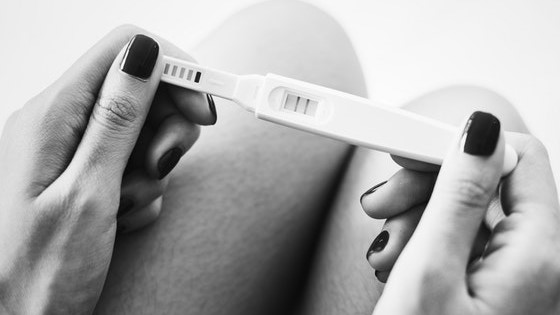Couples often consider in vitro fertilization (IFV) as the last option when they’ve been battling with infertility.
IVF can be the most successful option for couples to consider when pregnancy and traditional conception aren’t an option.
IVF is an excellent option for same-sex couples or women with infertility diagnoses where conception proof to be impossible without non-assisted methods.

What Are The Primary Steps When Undergoing In Vitro Fertilisation?
First Step – Ovulation Induction
Your fertility specialist will start monitoring your ovaries and timing of the egg release before and during the vitro fertilization process. The doctor will ensure that your hormone levels are normal, and your ovaries are producing eggs through several procedures. Most women will have to take hormones or fertility medicines to get the ovaries are stimulated and generating one or more eggs, as having more eggs available will increase the chances of falling pregnant.
If your body doesn’t allow you to produce eggs, then you can speak to your doctor about donor eggs for the IVF process.
Second Step – Egg Retrieval
Pain medication will be given to minimize any discomfort during this step. A very thin needle will be passed through the upper vaginal wall and with the use of vaginal ultrasound, fluid will be removed from the follicles with gentle suction.
After aspiration of the follicle, immediately afterward the egg will be isolated from the follicular fluid. The egg will then be placed in a culture dish which contains nutrient media and moved to an incubator.
HRC California fertility clinics have assisted thousands of couples for more than twenty years, to achieve their dreams of having a family with IVF fertility treatments.
Third step – Fertilization
The next step will be fertilization of the egg. A sperm sample from your partner or donor will be secured, and the most active sperm will be injected directly into the egg.
Both the sperm and egg are placed in the incubator and monitored to ensure that a healthy embryo develops.

Fourth Step – Embryo Implantation
The final stage of the IVF treatment will be the embryo transfer. The embryos will be examined to determine which ones are the most viable for transfer. The embryos will then be transferred through a small plastic tube after a speculum is placed into the vagina. The tube is placed through the cervix and into the uterine cavity. The process is now completed a 24-hour period of bed rest is usually advised.
Conclusion:
There are significant benefits associated with undergoing IVF treatment.
Patients have more control over timing. You can choose a window of time that will best suit you according to your circumstances. Eggs and embryos can be preserved for future use. You can decide when you want your baby to be born. IVF can assist with a spacing of children so that you can plan it according to what works best for you.
IVF can increase your chances of having a healthy baby, as the powerful new technology of genetic screening you can ensure that the fetuses that are used during IVF are free from known genetic markers.
IVF has the highest success rates for conception when it comes to reproductive options and worth considering.
 Kaboutjie SA Mommy Blogs by Lynne Huysamen
Kaboutjie SA Mommy Blogs by Lynne Huysamen




